
Photographing flowers – some techniques.
By Dirk Dom
Hi!
42 years ago I got a Canon FTb SLR with a 50mm f/1.8 lens. First thing I bought was a set of diopter lenses of 1,2 and 4 diopters. I started shooting flowers. Two years later I had saved enough for a 100mm macro lens. Flower photography became a lifelong passion. In this article I want to share some techniques, to make beautiful and interesting shots.
Digital shots are made with an Olympus PEN (crop of 2), film is taken with a Canon F1 with a speedfinder.
My lenses are all 1980’s: Canon FD 85mm f/1.2, Canon FD 200mm f/4 macro, and the 100 or 150 year old Petzval which I adapted to FD. On digital, they go on my PEN with a $30 adapter. Everything is manual focus.
I’m crazy about grain. I shoot 800 ASA color neg film with a f/1.2 opening. I overexpose two stops to get even more grain, and I put a 2 to 4 stop ND filter in front of the lens.
O.K., here we go!
Backgrounds.
When you shoot flowers in the sun with leaves or grass behind it, you get a light green background. The further away it is, the less sharp it becomes. There are millions of flowers: search for interesting backgrounds with light/shade, different colors, etc.
Some examples:
Green background.
85mm f/1.2 at f/1.2 with 25mm extension tube, digital.
–
Deep shade renders black.
200mm macro, digital.
–
Film renders shade blue.
85mm f/1.2 at f/1.2, 50mm extension tube, Fuji Superia 800.
–
A beige rock as background.
200mm macro, digital.
–
The sea as a background. Don’t hesitate to lie on your back and shoot across your chest!
200mm macro, digital.
–
The sea against the sun as background
200mm macro, f/8, digital.
–
When there are a million flowers, take your time- search for a nice composition. This is my only Mimosa shot that came out good, been going to the same spot for 20 years.
200mm macro, digital.
–
Negative space – coast as background. Negative space is the part of your shot not taken by your subject..
200mm macro, digital
–
Reflections of the sun in a swampy pool
150mm Petzval lens, Fuji Superia 800.
–
Sky and shadow: shadow is black.
85mm f/1.2 with 50mm extension tube, digital.
–
Shooting against the sun makes flowers emit light
200mm macro, digital
–
200mm macro, digital
–
85mm f/1.2 at f/1.2, 30mm extension tube, Fuji Superia 800.
–
Messy backgrounds can be nice and interesting.
85mm f/1.2 at f/1.2, 20mm extension tube, Fuji Superia 800.
–
Search for pairs, and put them into a diagonal
100mm macro at f/4, Fuji Superia 400
–
200mm macro, digital
–
One flower sharp, one unsharp.
200 mm macro, Fuji Superia 400.
–
200mm macro, digital.
–
Get close – parts of flowers.
200mm macro, digital.
–
200mm macro, digital
–
Even closer, it may get totally abstract…
200mm macro, digital
–
85mm f/1.2 at f/1.2, Fuji Superia 400
–
Of course, you can shoot bunches of flowers. Take care of a good background, edge of the forest, side of a pond, side of a road.
200mm macro, digital
–
The sea as a background.
200mm macro, digital.
–
Mamiya C330, 180mm f/4.5, Fuji Velvia
–
Simplicity, search: there are millions of flowers. Go back often.
200mm macro, digital.
–
85mm f/1.2 at f/1.2, 50mm extension tube, Fuji Superia 800.
–
For the next technique you need a long lens: Use a flower as the background for a flower.
200mm macro, which on the digital PEN is equivalent to 400mm. because the narrow image angle, background flowers stay very big. I think these modern 100-400mm zooms would do real good.
–
200mm macro, digital.
–
200mm macro, digital.
–
The former three shots were taken with a 200mm macro on micro four thirds, rendering it a 400mm. The unsharp flower was up to three feet away.
These next ones are done with a shorter lens, the flower image then is smaller and it has to be closer, like 4 inches distant:
Petzval 150mm lens, Fuji Superia 800, 50mm extension tube
–
85mm f/1.2, 50mm extension tube, Fuji Superia 800
–
Shooting through a flower.
With the 85mm f/1.2 wide open I shoot right through flowers and grass in front, focusing on the flower behind. The lens opening is big enough to get an image.
Through a flower:
85mm f/1.2 at f/1.2, 20mm extension tube, Fuji Superia 800
–
Through grass:
85mm f/1.2 at f/1.2, 20mm extension tube, digital.
–
It doesn’t all have to be crazy sharp:
Against the Sun, 85mm f/1.2 ar f/1.2, Fuji Superia 800.
–
Shots with extremely shallow DOF:
85mm f/1.2 at f/1.2, Fuji Superia 800.
–
85mm f/1.2 at f/1.2, Fuji Superia 800.
–
Petzval 150mm, 20mm extension tube, Fuji Superia 800.
–
Well, that’s about it for now. I post process all shots in Photoshop, often burning backgrounds until they’re black. Film is not tolerant of digital manipulation at all: the film images are almost not worked upon.
Hope you enjoyed it and have fun!!!
Dirk.

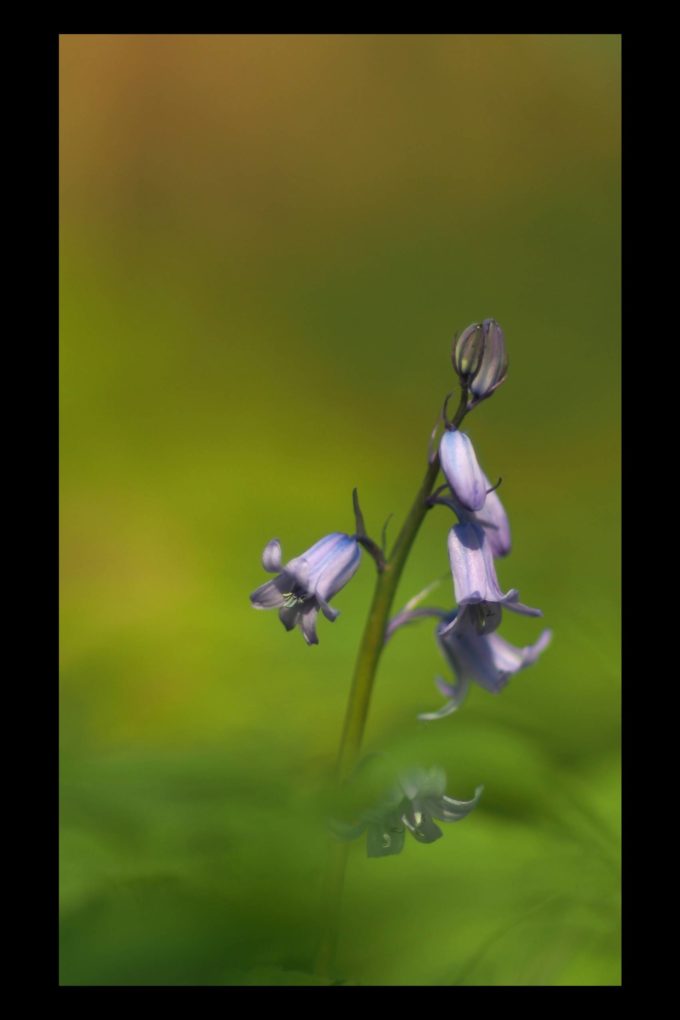
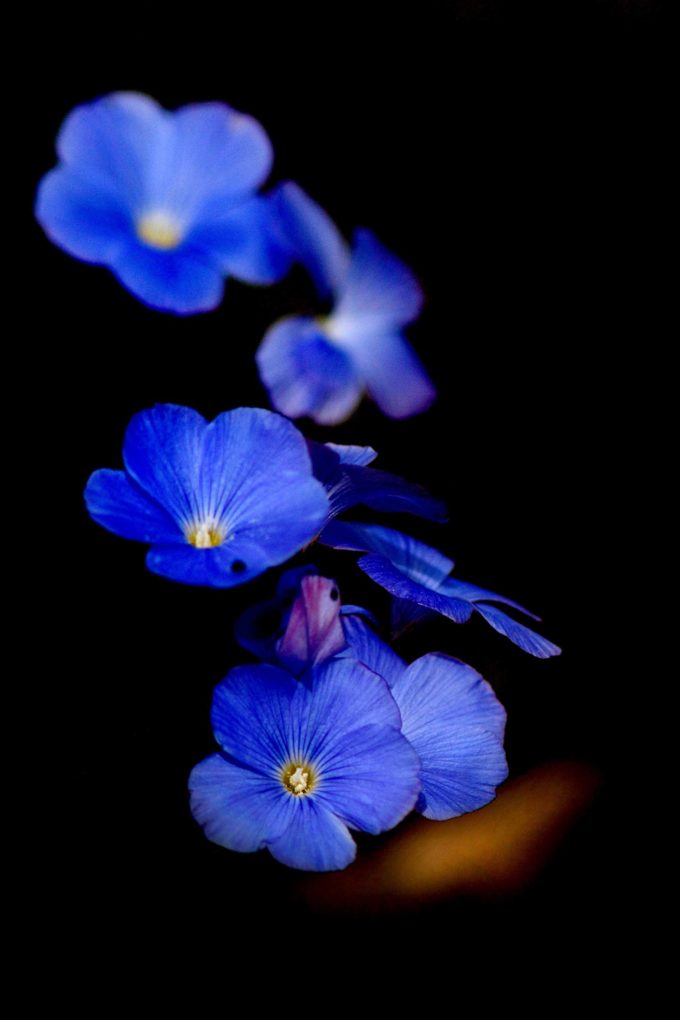
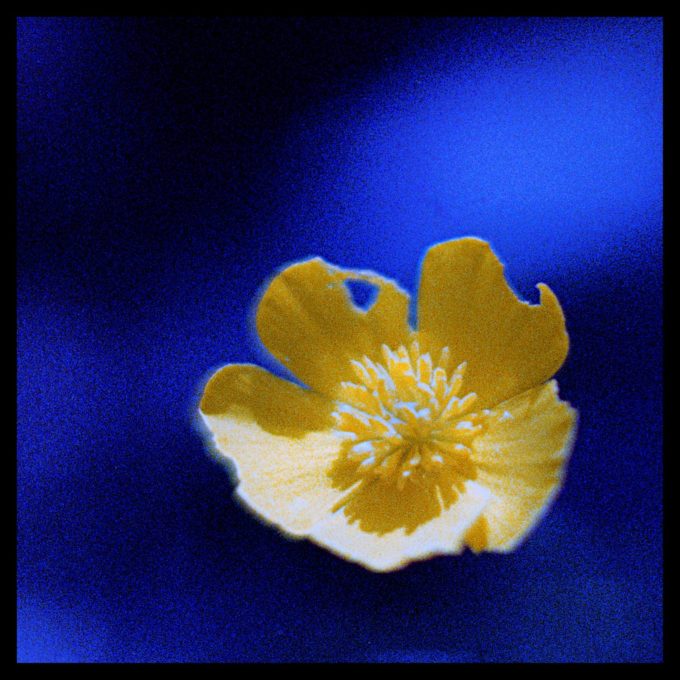
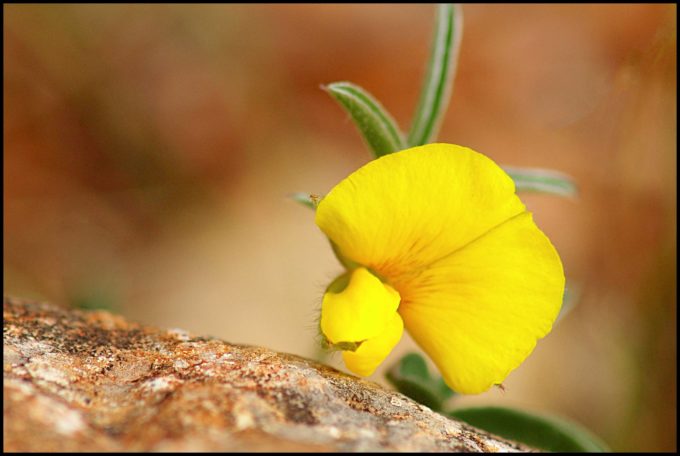
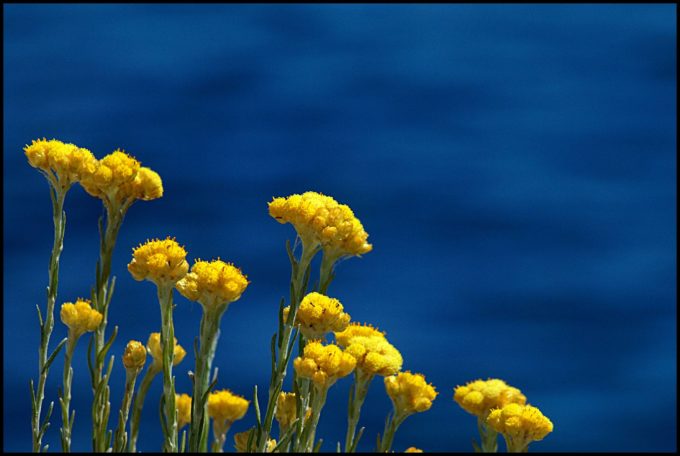
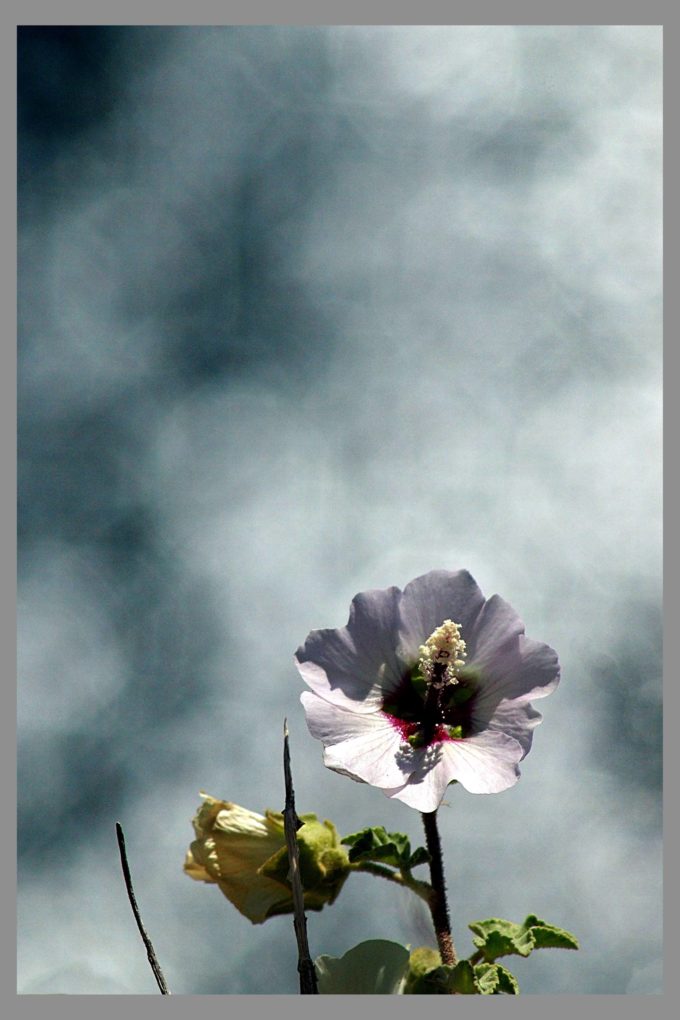
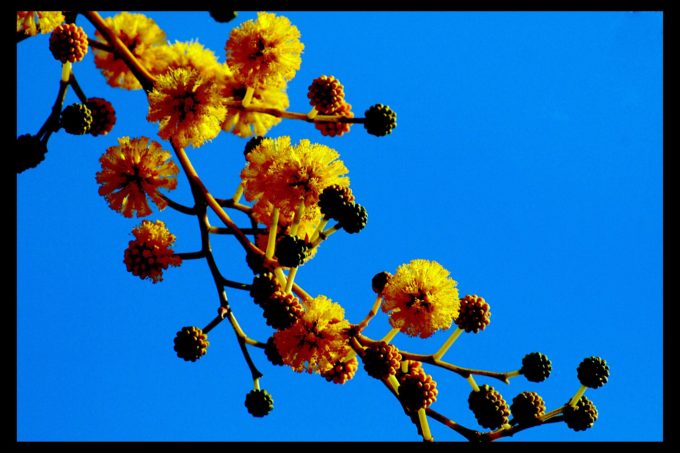
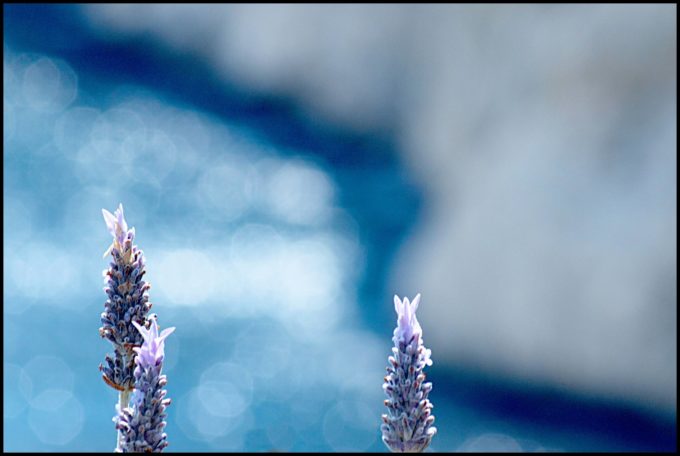
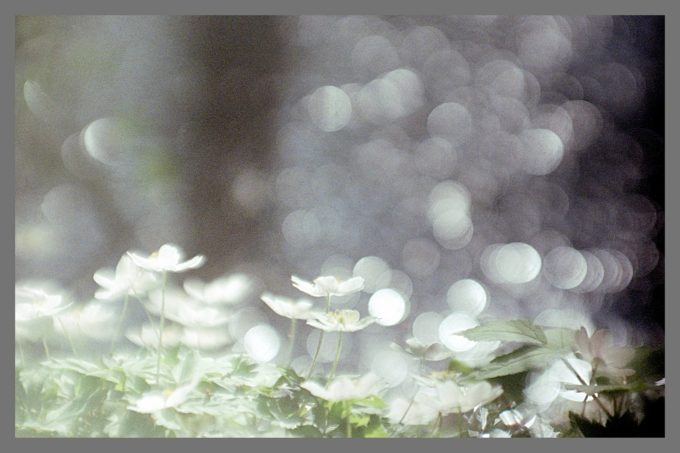
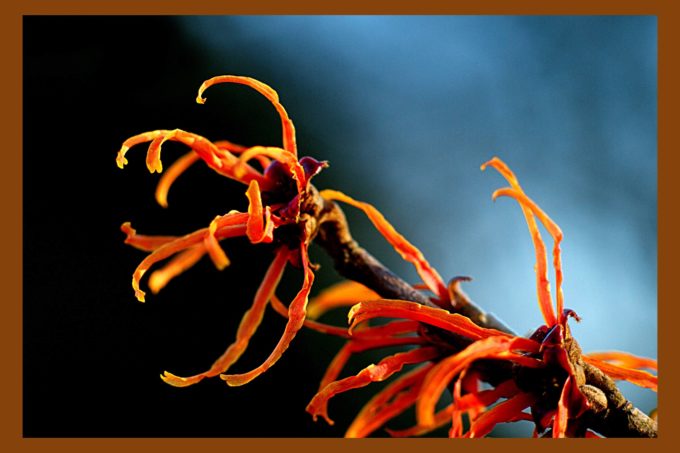
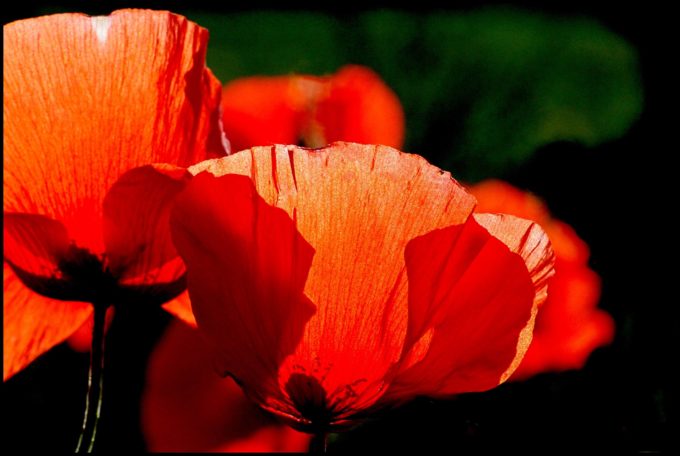
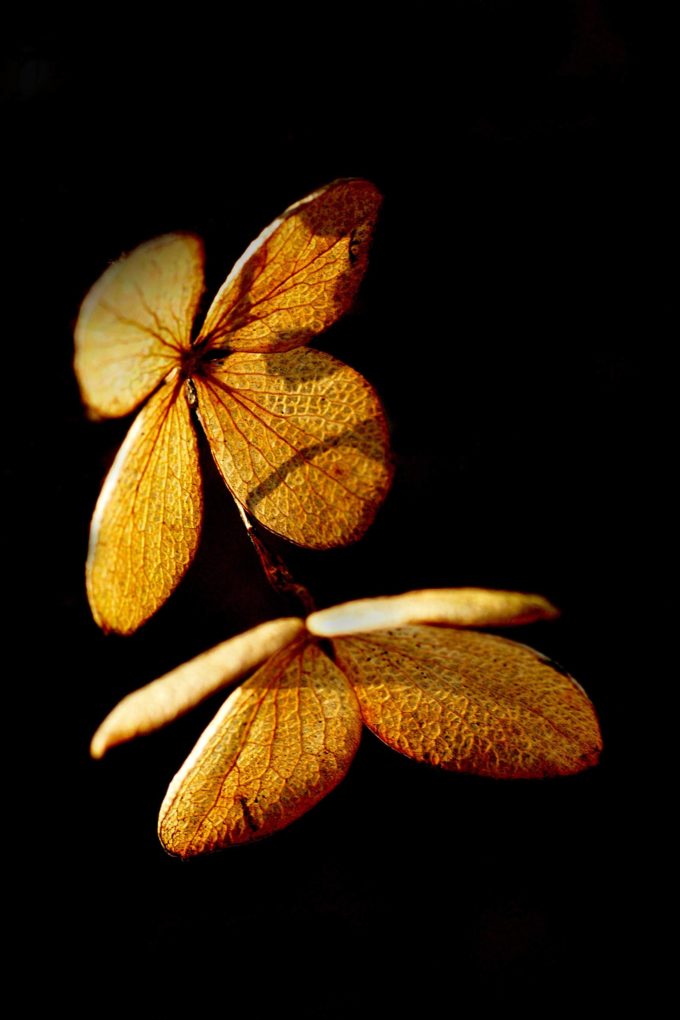
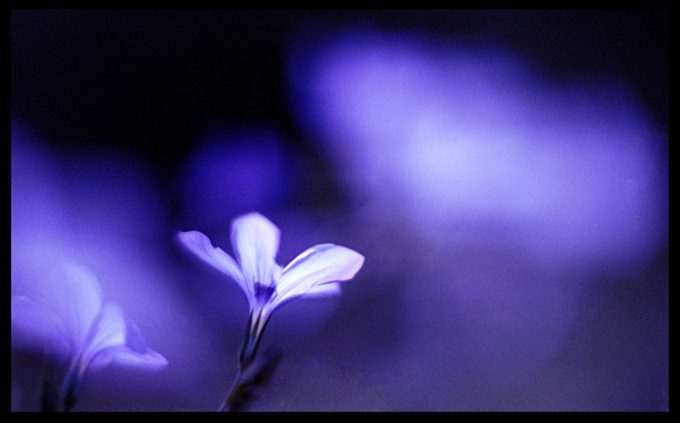
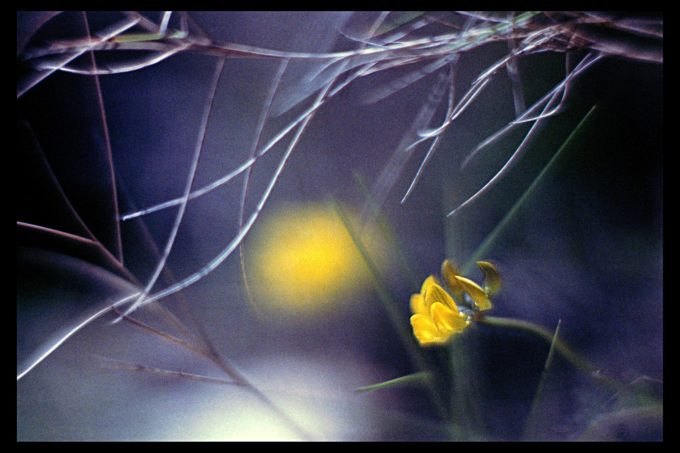
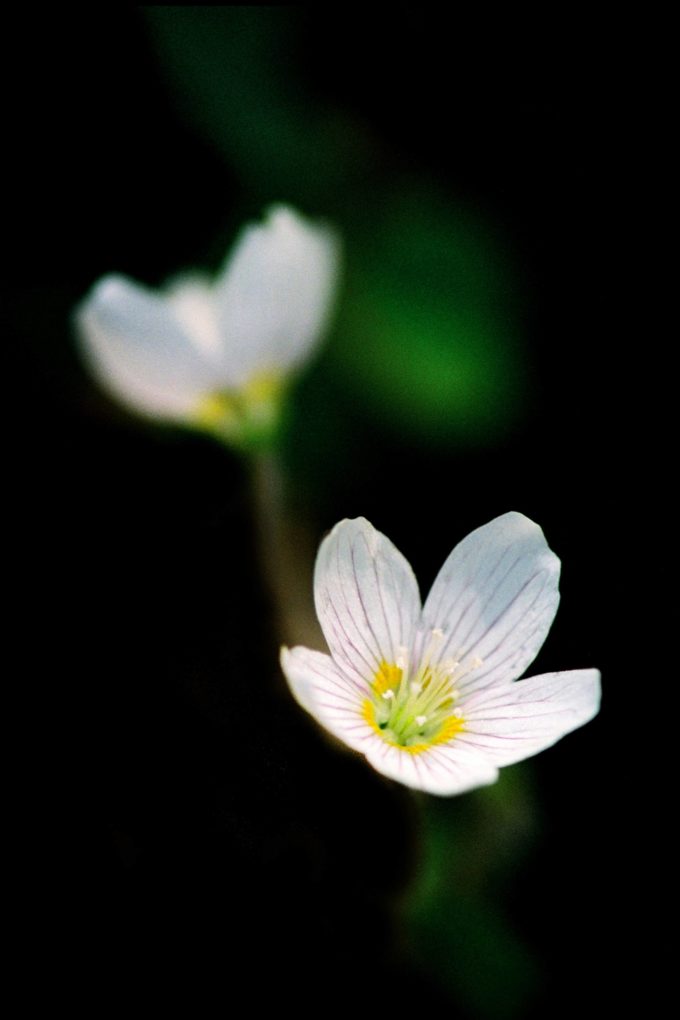
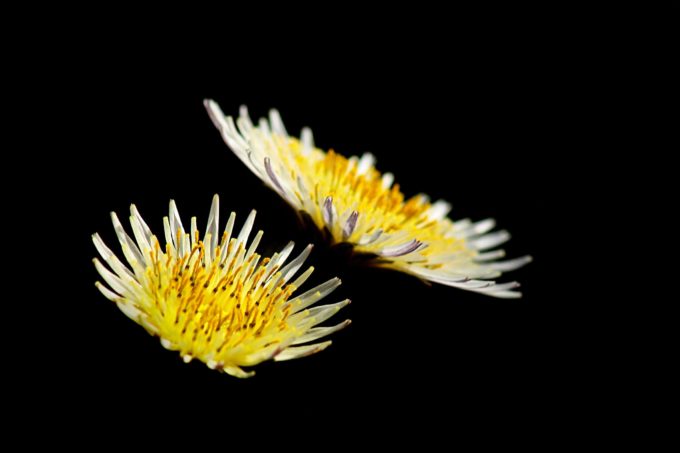
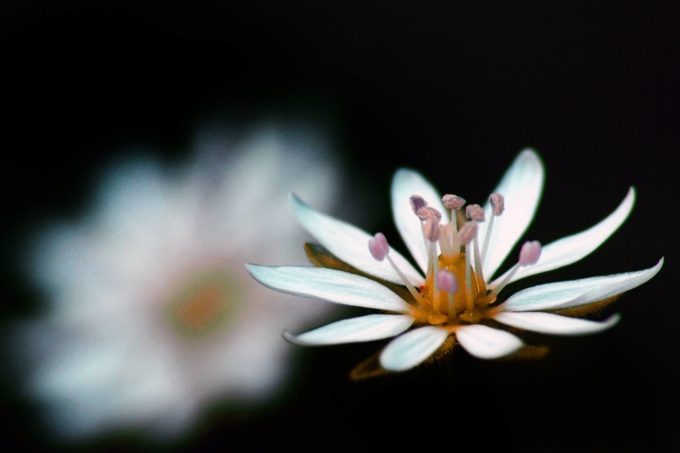
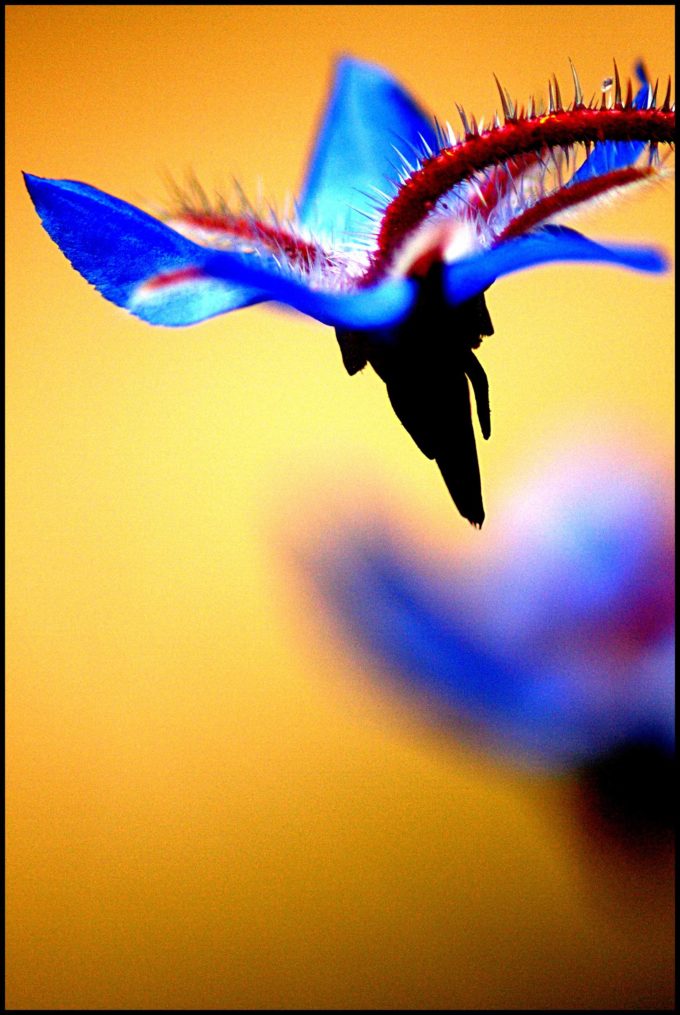
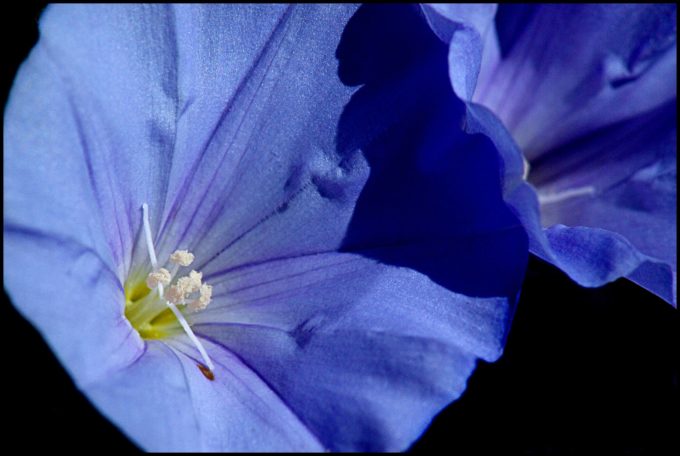
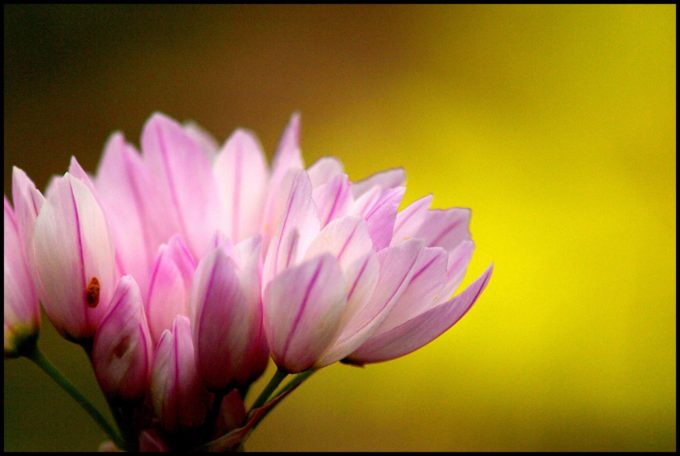
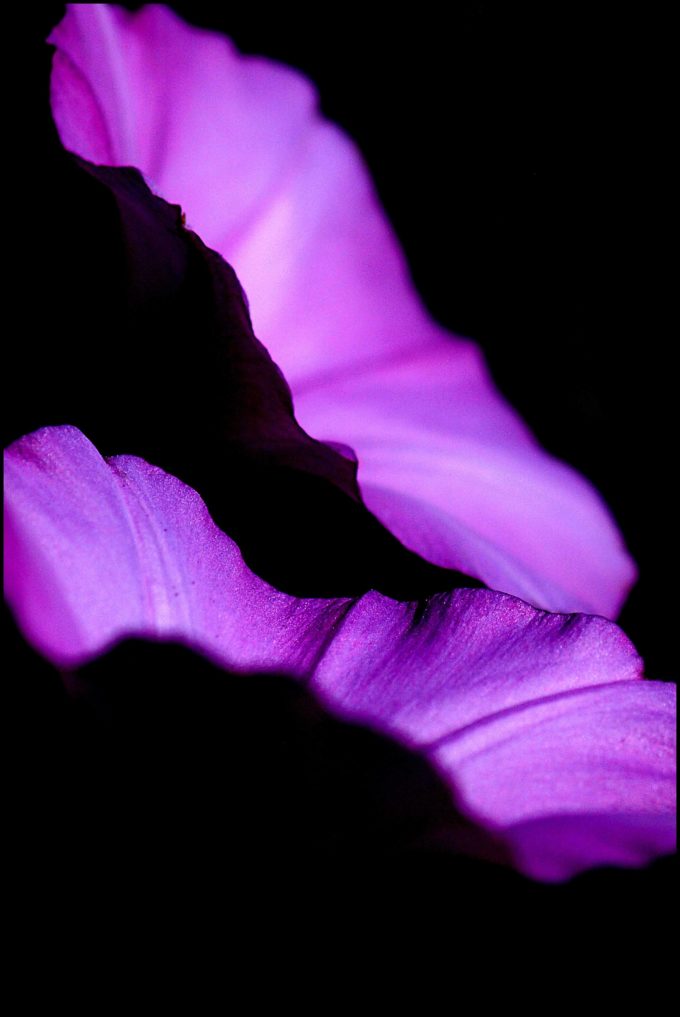
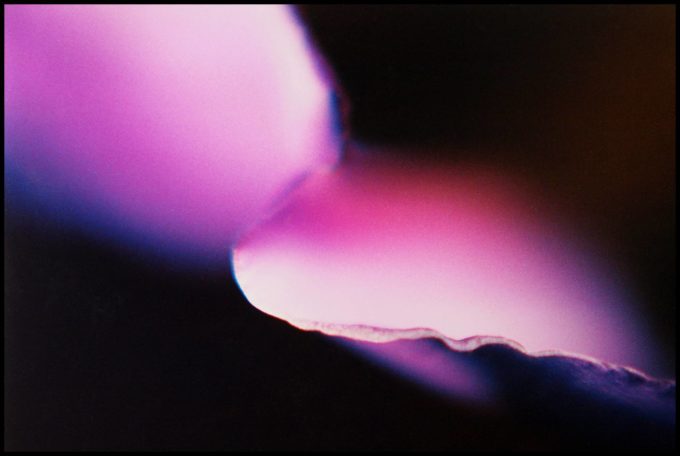
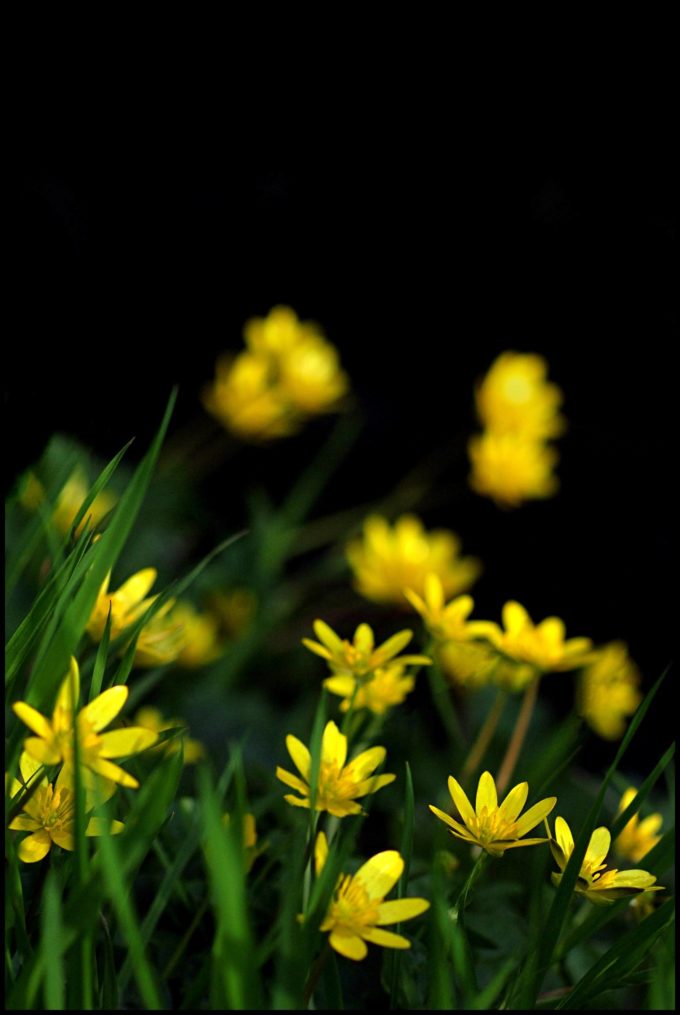
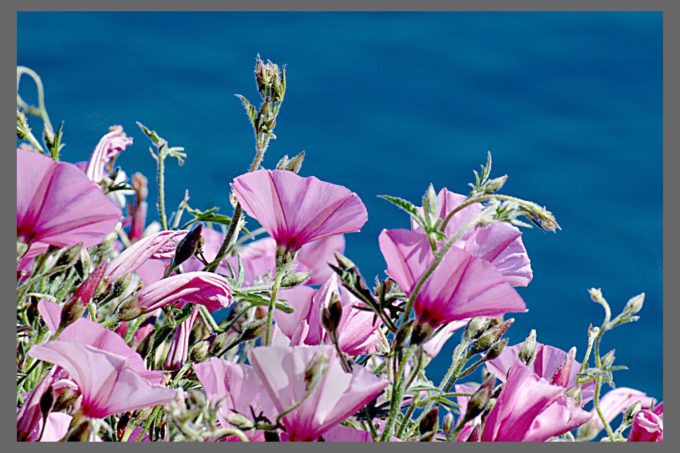
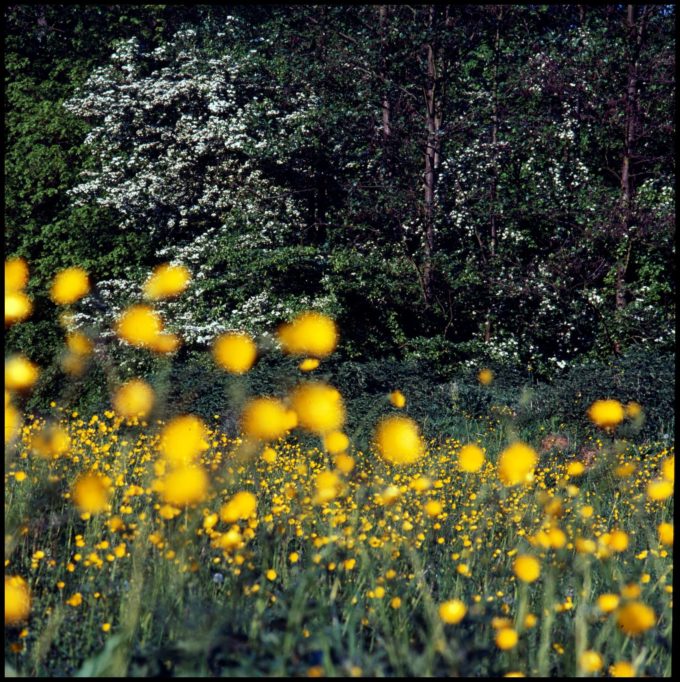
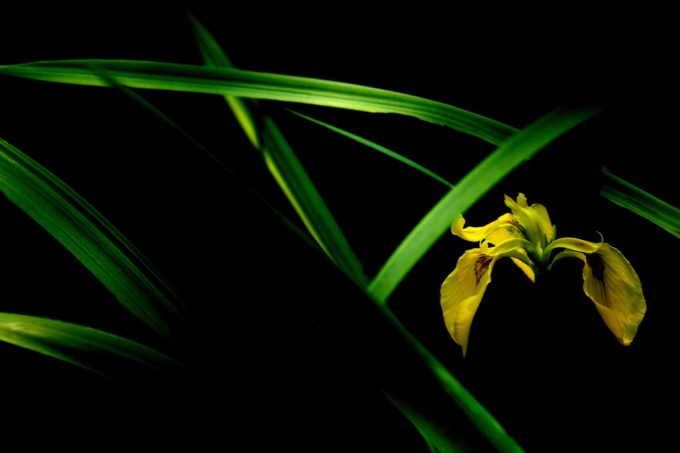
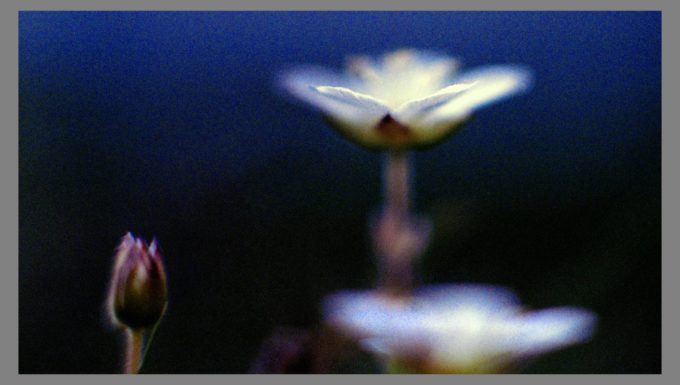
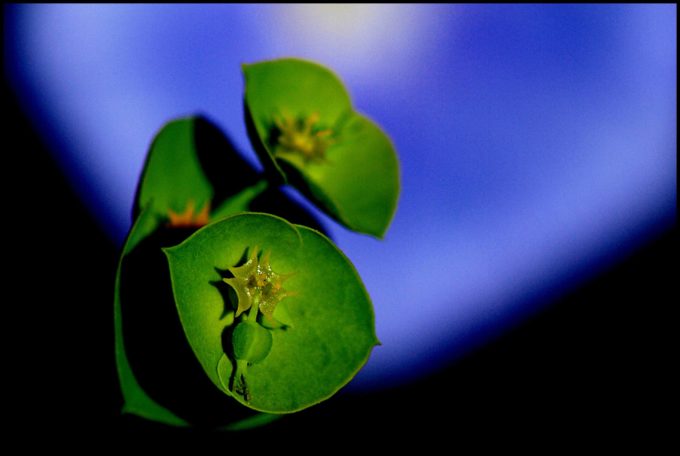
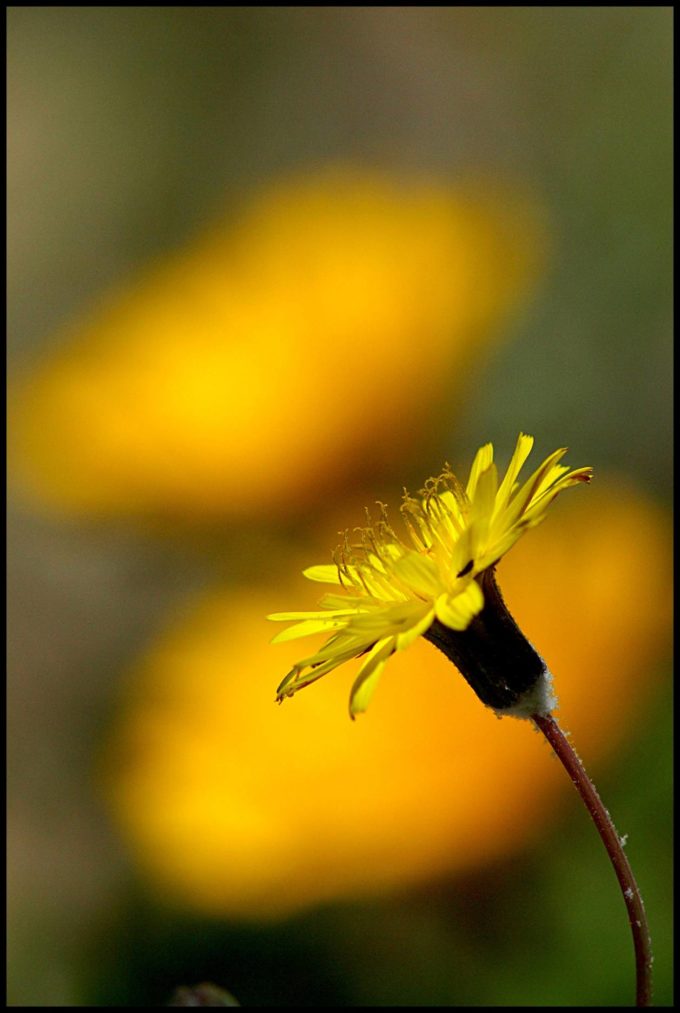
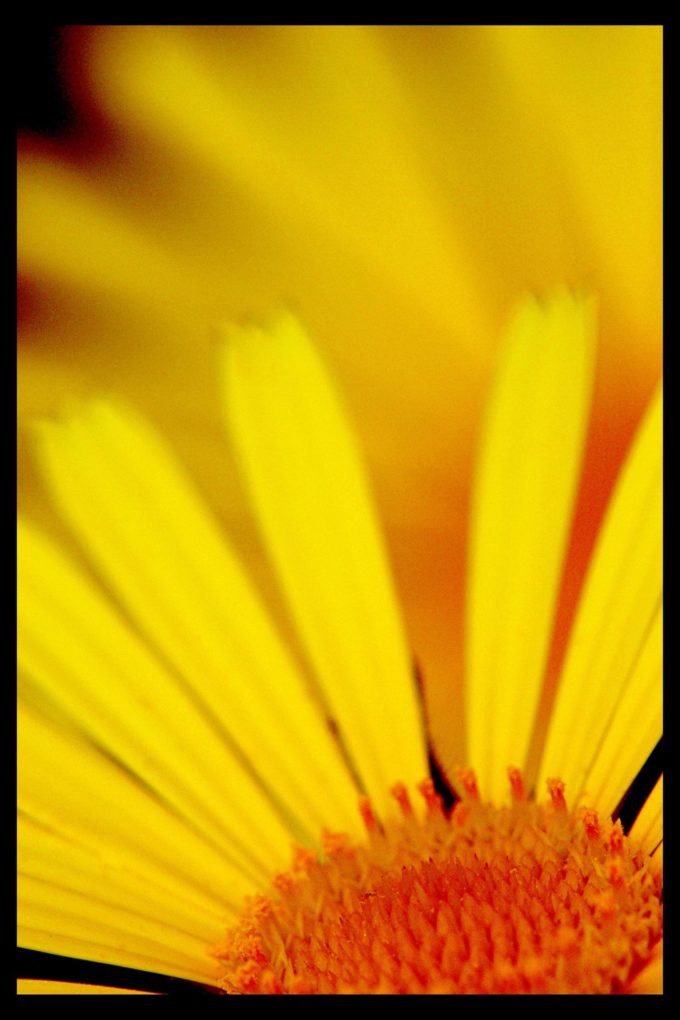
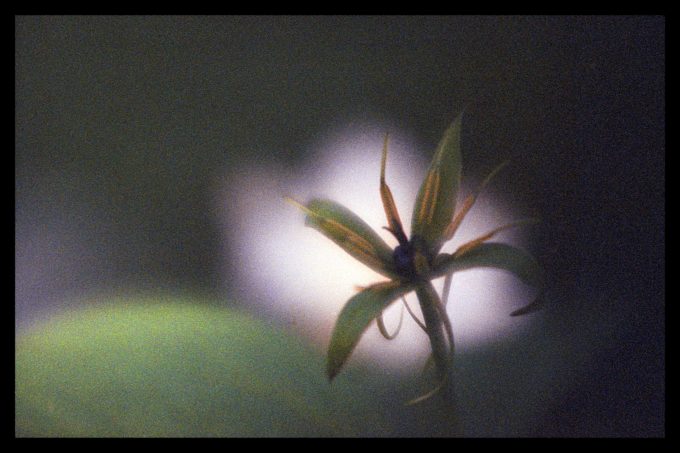
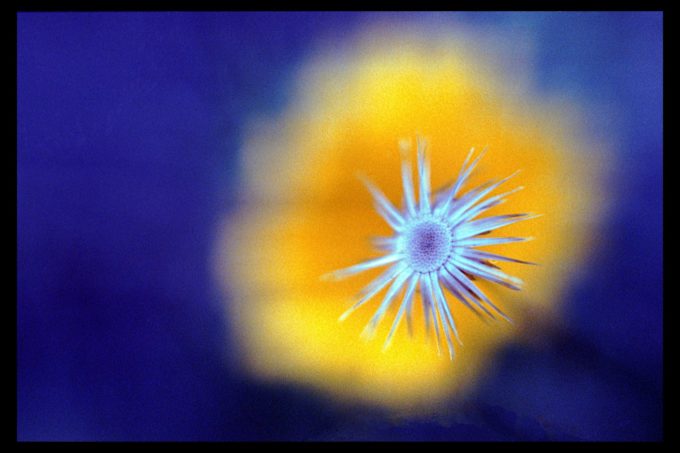
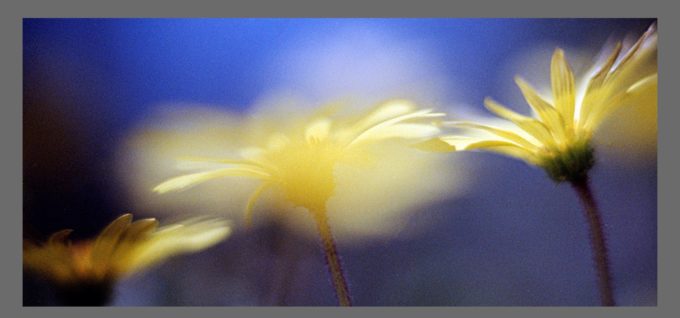
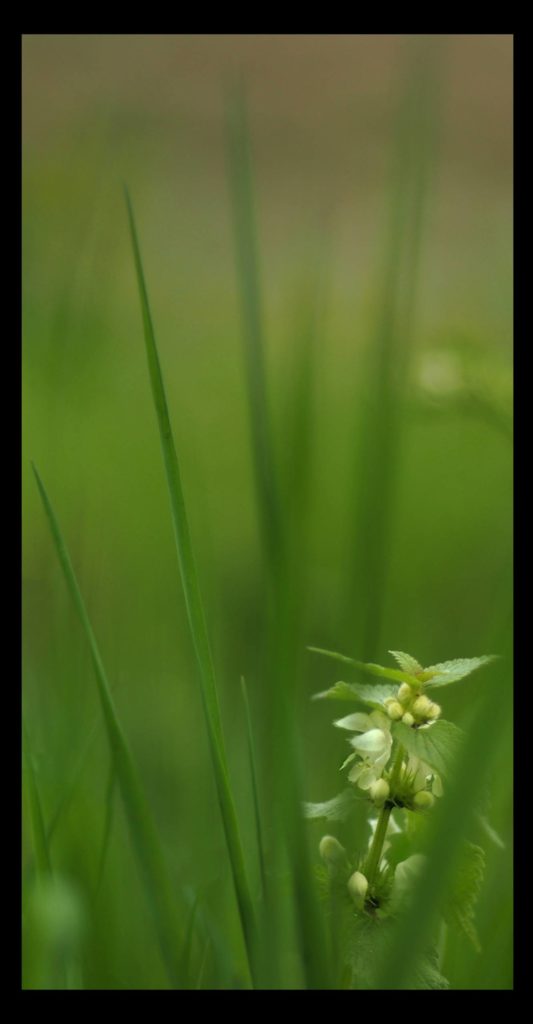
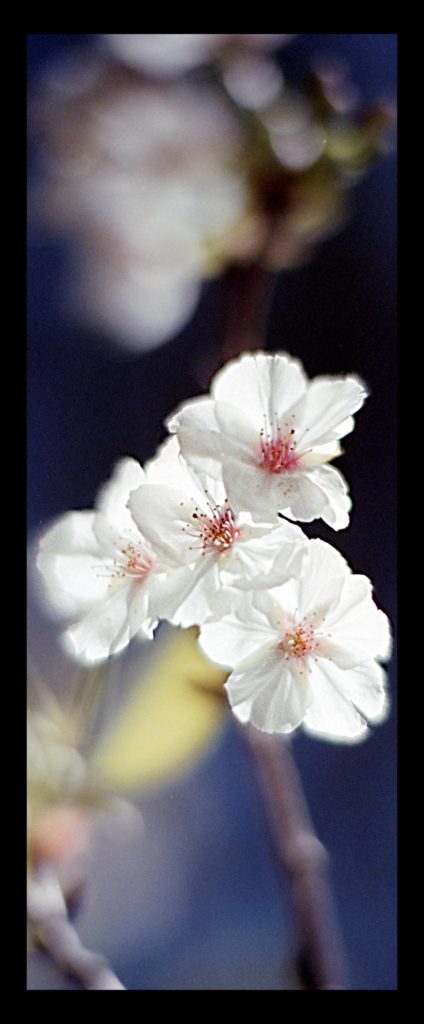
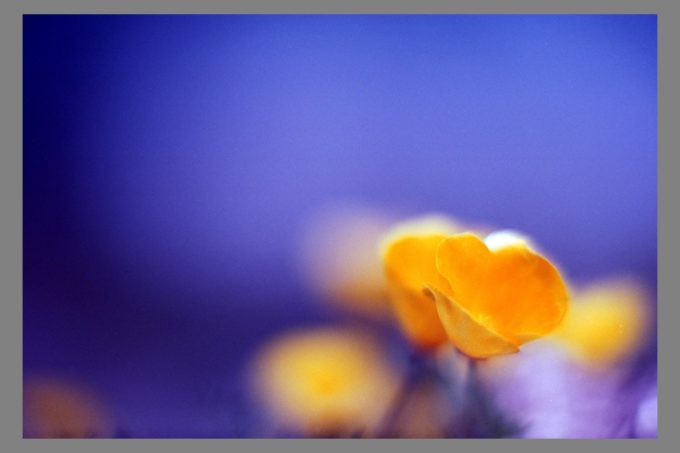
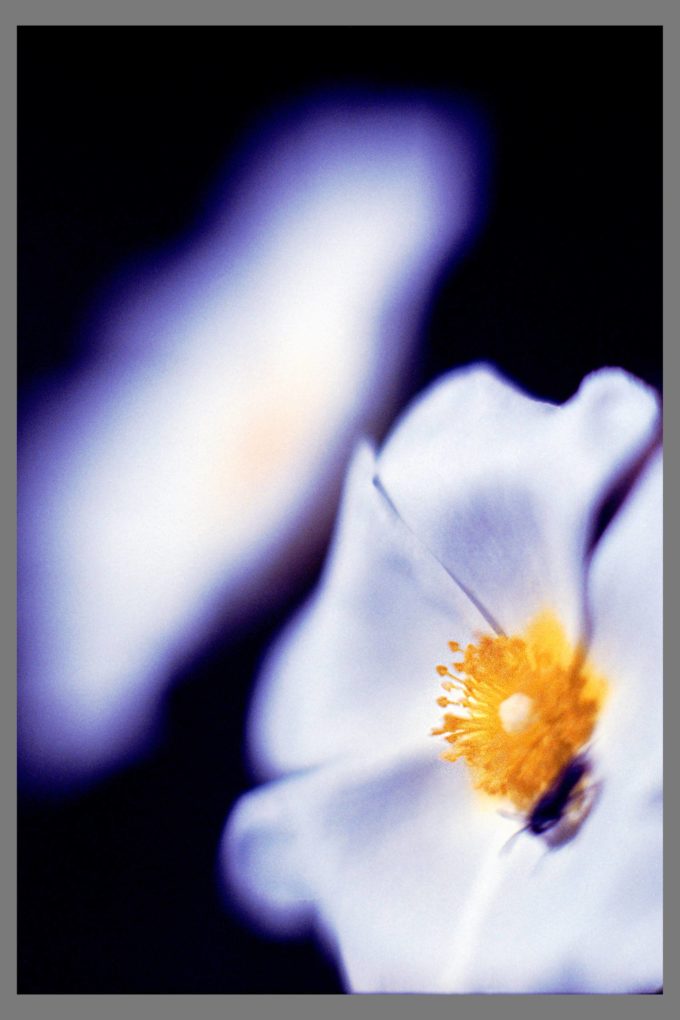
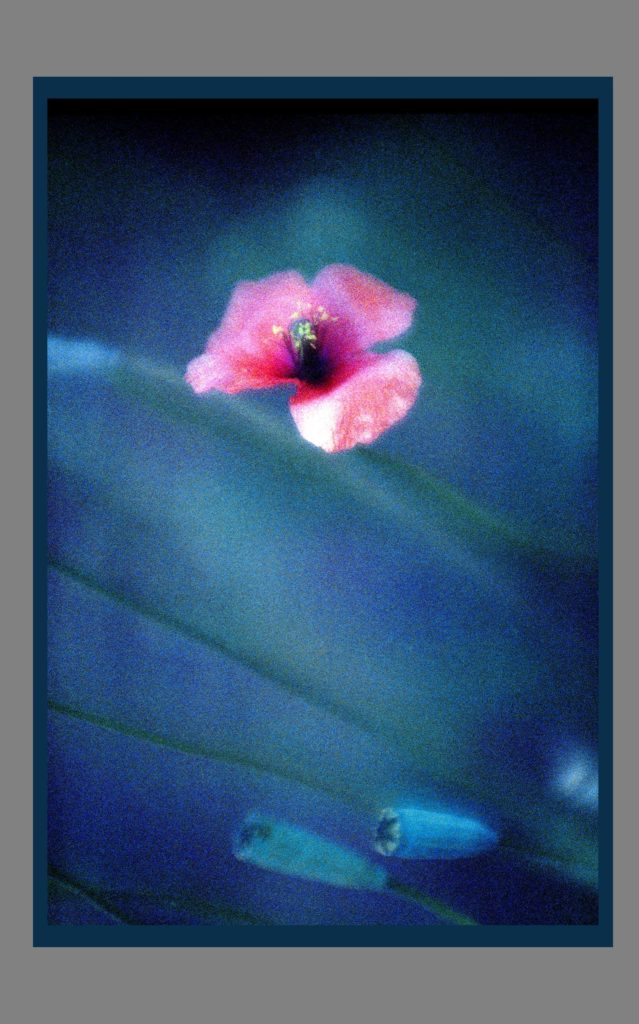

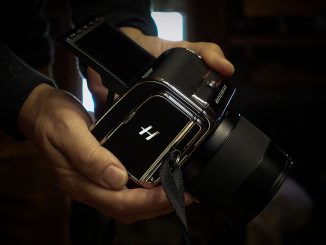

Wow, awesome stuff.
I really like the abstract photos.Food for thought and inspiring.
Very cool.
Antony
Very very good set! Keep it up.
As always, very inspiring! As soon as I finished reading the article, I took my camera and went out to shoot some flowers with a variety of lenses. Keep these articles coming!
Same here. I used a Tokina EL 28mm with a 10mm extension tube. I have no dedicated macro lens.
That makes me feel good.
Dirk.
very nice photos
i laern a lot thanks
Thoughtful and helpful.
Thanks, Dirk – you have given us a whole album to cherish. I’ll be downloading it if that’s OK with you. I share your passion and love exploring the ground between realism and abstract. I was surprised not to see any black and white. I learned how to see that way from Imogen Cunningham’s photos, and it’s a whole new world of exploring structure and light and shade
I do have some black and white flower shots. Maybe for a next post. I’ll also do one on abstract photography, but of course that’s completely endless.
Bye,
Dirk.
Thank you, Dirk. I was shooting flowers this weekend and your post has shown me many more possibilities.
Thanks a lot for sharing. I enjoyed your pictures.
There is something interesting I see: your film pictures, not all but most of them , have some kind of a halo in the borders of those flowers. This doesn´t happen on the digital ones you showed.
Kind regards
Tomás
I think these halos, with the Petzval, are because it’s a very soft focus lens. with the 85mm f/1.2, I think because DOF is razor thin end all the rest is bokeh.
The film shots, on film, are not the same image I see in the viewfinder. Still trying to figure that out.
Bye,
Dirk.
Endless possibilities! Thanks for sharing your lovely images and tips.